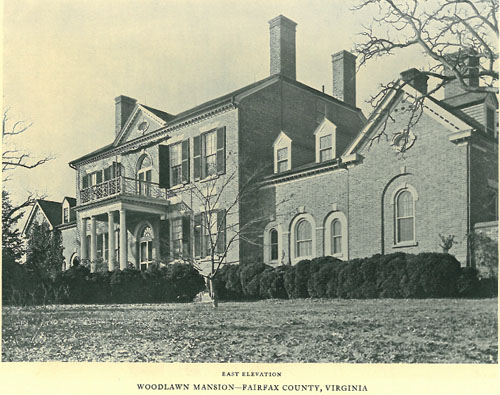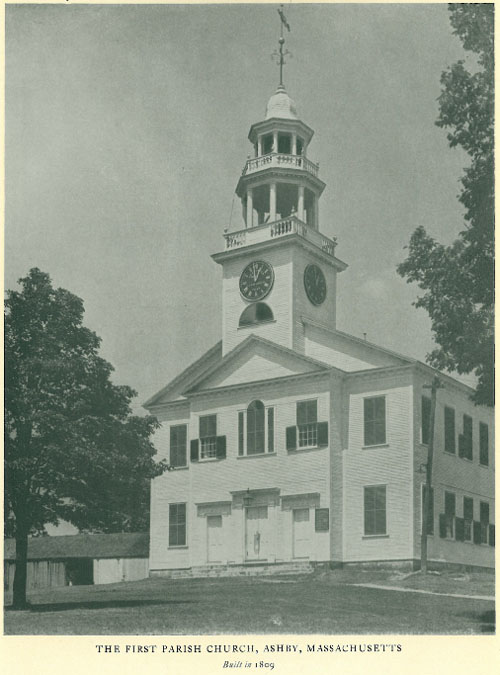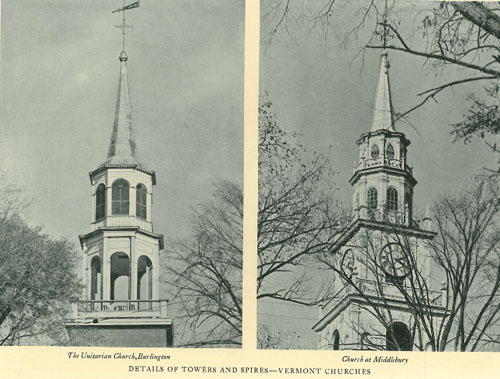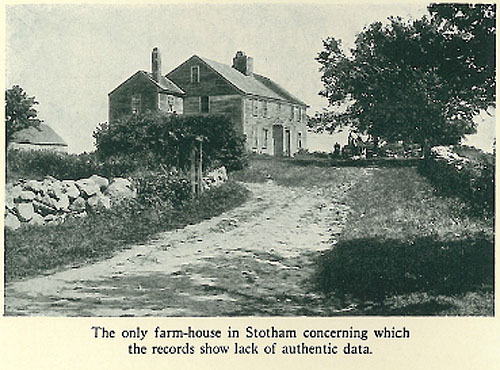Concerned that twelve years and one hundred thousand miles of touring America looking for exemplary houses had exhausted the supply, the editor and writer of the White Pine Monograph Series were surprised to find that the country has even more beautiful Colonial-era architecture than they had imagined. But some of it is hidden away, designed by no-name architects or otherwise obscured from public awareness.
“One never ceases to wonder at the quantity of good work done by the early builders of this country; the consistency with which they erected houses, churches, public buildings, that have stood the test of time and through changing conditions of living and public taste have survived to be admired and appreciated by those who study them.”
In 1931, their travels took them on the road between Washington, D.C. and Fredericksburg, Virginia. In this issue of the Monographs, they detail some of the most elegant and admirable structures they found in Northern Virginia.
“Virginia, perhaps with greater claim than any of the early Commonwealths, can be numbered among the first family of Colonies. Its history, full of romantic episodes and famous names, is written large upon the pages of Early America. The contributions of this colony to the outstanding architectural examples of the Colonial period are as numerous and significant as any of the original thirteen.”
























